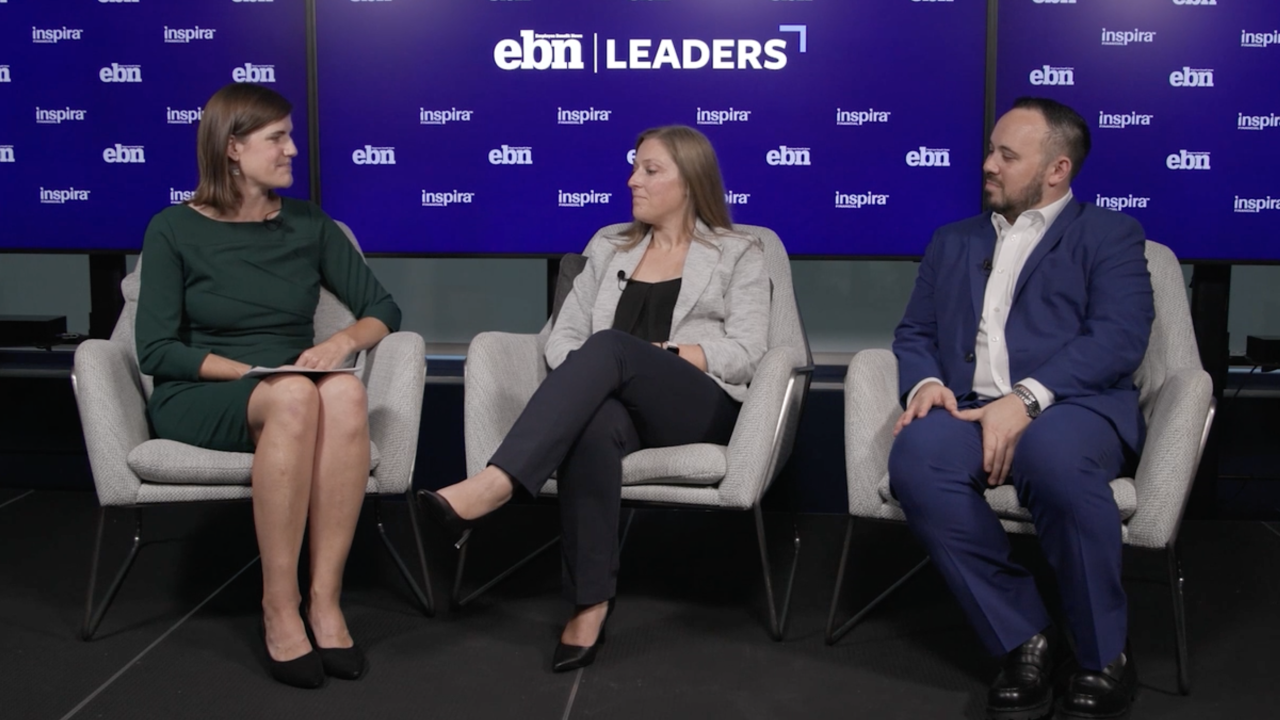By using data to understand health plan supply, advisers can help their employer clients engage better provider choices for their employees.
Supply side design is still being developed as the data becomes more sophisticated and also as employers continue to grapple with the requirements of the Affordable Care Acts excise tax, which kicks in in 2018.
Employers are aggressively modeling the implications of that tax for their plan and what kind of changes they need to make to plan design, says Jim Winkler, Aon Hewitt's health management practice leader.
The last great innovation in health plan design was high deductible health plans, he adds. To some extent in plan design .There is not a lot of opportunity to innovate; it is more around the broader health ecosystem.
By using the data to understand plan use advisers can help clients be more refined in selecting providers. It may involve introduction of a new supplier, such as a health care clinic, or being more restrictive in networks, says Joe Kra, a partner at Mercer.
The data focuses on getting employees to use higher quality providers, or the same quality at lower costs, leading to a win win, Kra says. [The] employer and employee would much rather pay $12,000 for a one time surgery than pay $10,000 for surgery that results in complications and results in readmission, he explains.
While not a new concept, the challenge is finding the data to support these types of comparisons. Kra says carriers invest a lot in research to try to compare outcomes by provider and to look at process metrics relative to best practices. There is also the shift, he adds, of incenting providers to do the right thing, by tying reimbursements to outcomes and quality and efficiency.
Understanding the data can further work to motivate employees to get to the right provider by analyzing and then tinkering with how much an employee pays out of pocket based on the cost of the same procedure. For example, if an MRI cost ranges from $500 to $2,500 in one community, a plan would set a reference price of $1,000, so anything over that $1,000 would be an out of pocket expense, Winkler says.
There is an opportunity for us to use data to really drive two things, he says. How consumers make decisions about when and where they get care.
Advisers role
Employers are always looking to their adviser to reduce or flat line health care costs, and data can help do that, both Winkler and Kra say.
We are doing a lot of financial modeling for clients, so as I consider making design changes, [Im] using pretty sophisticated sort of behavioral pattern software to more effectively model how populations will enroll if you change the mix of plans, Winkler says. We do a lot of clinical data analysis; we are taking a clients claims data, pop demographic data, health risk assessments, biometric screenings and doing analysis for clients to help them . so [they] can develop design strategies.
In using the data, it is all about local solutions developed with an adviser, not national solutions, Kra adds.





